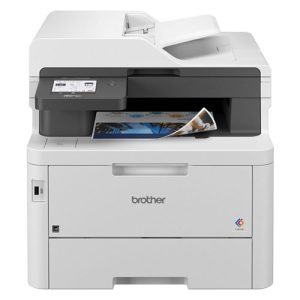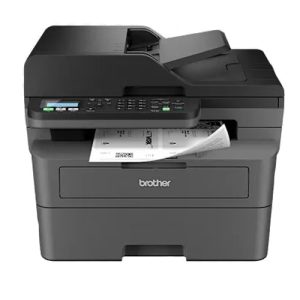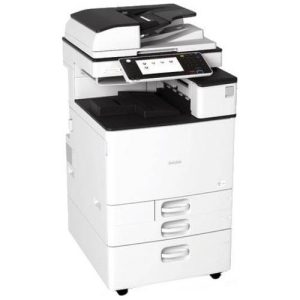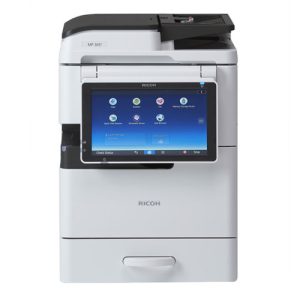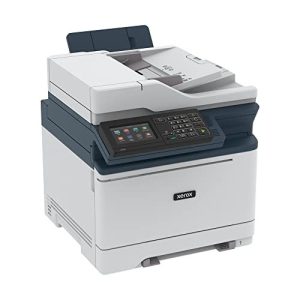When it comes to choosing ink for your printer, one of the key decisions you’ll face is whether to opt for cartridge-based ink or a tank-based ink system. Both options have their advantages and considerations, and understanding the differences between them can help you make an informed decision. In this blog post, we will explore the characteristics of cartridge and tank ink systems, and discuss factors to consider when choosing the right option for your printing needs.
Cartridge Ink System
Cartridge ink systems are commonly found in most consumer printers. These systems use individual ink cartridges that contain the ink necessary for printing. Cartridge-based printers have several advantages worth considering:
Convenience: Cartridges are easy to replace and install, making them user-friendly for individuals who prefer a hassle-free printing experience. The cartridges are usually small and lightweight, which simplifies the process of changing inks.
Cost: Cartridge-based printers generally have a lower upfront cost compared to printers with tank ink systems. If you have relatively light printing needs, cartridge ink systems can be a cost-effective option.
Color Accuracy: Cartridges often contain high-quality ink formulated for accurate color reproduction. This can be beneficial for tasks that require precise color representation, such as photo printing or graphic design.
However, there are a few considerations with cartridge ink systems:
Cost per Page: Cartridge replacements can be expensive, particularly if you have high-volume printing requirements. The cost per page can be higher compared to tank ink systems, as cartridges have smaller ink capacities and need to be replaced more frequently.
Environmental Impact: Cartridges create more waste since they need to be replaced regularly. Improperly disposing of cartridges can harm the environment. However, some manufacturers offer recycling programs to help mitigate this issue.
Tank Ink System
Tank ink systems, also known as continuous ink supply systems (CISS) or ink tank printers, are becoming increasingly popular. These printers feature built-in ink tanks filled with larger volumes of ink. Here are some advantages of tank ink systems:
Lower Cost per Page: Tank ink systems are designed to reduce printing costs significantly. The upfront investment may be higher, but the cost per page is significantly lower as you only need to purchase ink bottles for refilling the tanks.
Higher Ink Capacity: Ink tanks hold larger volumes of ink compared to individual cartridges. This means you can print more pages before needing to refill the ink, making tank ink systems ideal for high-volume printing.
Reduced Waste: With tank ink systems, you minimize waste since you only need to refill the ink tanks instead of replacing cartridges. This can be more environmentally friendly and cost-effective in the long run.
Considerations for tank ink systems include:
Upfront Cost: While tank ink systems can save money in the long run, the initial investment may be higher than cartridge-based printers. However, it’s important to evaluate the long-term cost benefits when considering a printer.
Maintenance and Installation: Refilling ink tanks requires a bit more effort compared to replacing cartridges. It’s essential to follow the manufacturer’s instructions carefully to avoid any potential ink spills or issues.
Conclusion:
Choosing between a cartridge ink system and a tank ink system depends on your printing needs, budget, and environmental considerations. If you have low to moderate printing requirements and value convenience and color accuracy, a cartridge ink system may be suitable. However, for higher volume printing and cost savings in the long run, a tank ink system can be a better choice. Also, consider your potential future printing needs.
If you anticipate an increase in printing volume or a need for cost-effective printing in the long run, a tank ink system can be a wise investment. It provides scalability and flexibility as you can refill the tanks as needed, without constantly purchasing new cartridges.
Consider your printing habits, budget, and environmental impact when making a decision. Ultimately, the right choice is one that aligns with your specific requirements and preferences.

